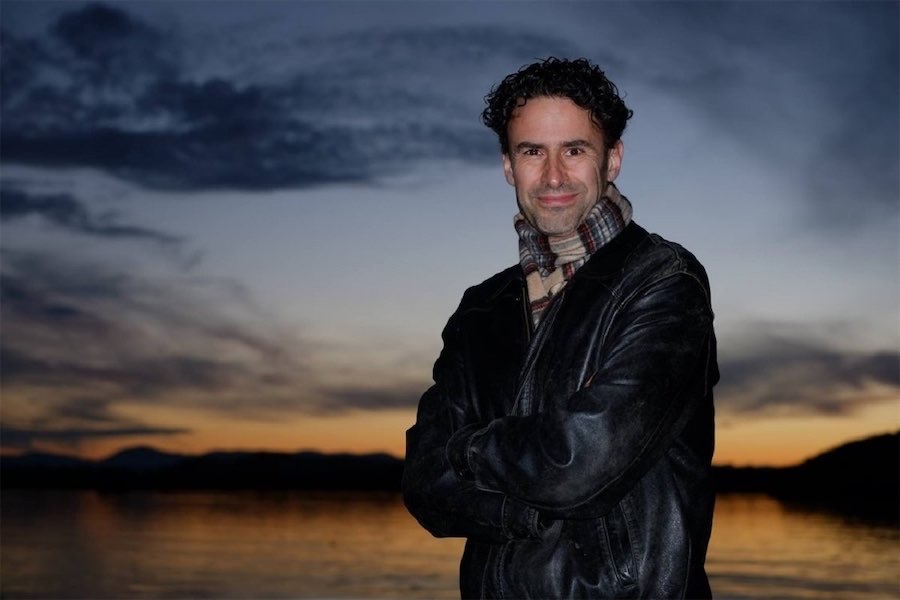
Music / Musica Viva, Garrick Ohlsson, at Llewellyn Hall, February 18. Reviewed by CLINTON WHITE.
CELEBRATING 75 years of bringing the world’s finest chamber musicians to Australia, Musica Viva has started the year in fine style with an excellent recital by the American pianist, Garrick Ohlsson.
A big man with a huge repertoire carried around in his head, Ohlsson presented a demanding recital of works by Brahms and Chopin, earning a standing ovation and the call for two encores, all played from memory.
Despite his size his touch has an uncommon elegance, but with such extraordinary control he can command every mood and nuance from his instrument effortlessly.
From the very first notes of Brahms’ “Two Rhapsodies”, op. 79, Ohlsson’s assured playing put the large audience in no doubt that this was to be a stylish concert of consummate pianism. He achieved exceptional definition and clarity of tone, even when, typical of Brahms’ writing, the bass was rumbling away down in the piano’s lowest register.
In moods that changed frequently from pensive and introverted to bold and brash, Brahms’ rather unimaginatively titled “Seven Fantasias” op. 116 tested Ohlsson’s superior technical prowess at every turn. But Ohlsson indubitably was up for – and met – the challenge with flair, his calm, no-nonsense persona delivering expressive playing at once ears-pinned-back powerful and at another sentimentally sensitive.
Niccolò Paganini’s diabolically difficult solo violin piece, the “Caprice No 24” – a theme, 11 variations and a finale – has captured the imagination of dozens of other composers, Chopin, Rachmaninoff and Brahms all wrote interpretations of Paganini’s theme for this Caprice. Even Andrew Lloyd Webber and Benny Goodman had a crack at it.
Ohlsson closed the first half with Brahms’ effort, his “Variations on a Theme of Paganini”, op. 35 book two. Each of the two books has the theme and 14 variations. Under Ohlsson’s fingers, it danced and pranced along lightly and deftly.
The second half was given over to Chopin – his “Nocturne in B-flat minor” op. 9, no 1, and the “Piano Sonata No 3 in B minor” op. 58.
Ohlsson won the Chopin International Piano Competition in 1970 and is acclaimed as a world-leading Chopin exponent. But, while he certainly gave compelling performances of these works, with his amazing technical ability very much to the fore, his interpretation of Chopin was not quite as successful as it was Brahms. He did not quite “touch” the emotion-charged tenor that is so prevalent in Chopin’s writing, so quintessentially of the Romantic period, especially in the Nocturne and the slow movement of the sonata.
Still, it was a first-class performance and thoroughly deserving of the audience’s enthusiasm. His two encores, Chopin’s “Nocturne in E-flat major” op. 9, no 2, and his “Étude in C minor” “Revolutionary” Op. 10 no 12, were much more “in touch” with the style generally attributed to Chopin’s music. The Étude especially was a fresh and unique interpretation and a fine finish to this brilliant, engaging and inspiring recital.
Who can be trusted?
In a world of spin and confusion, there’s never been a more important time to support independent journalism in Canberra.
If you trust our work online and want to enforce the power of independent voices, I invite you to make a small contribution.
Every dollar of support is invested back into our journalism to help keep citynews.com.au strong and free.
Thank you,
Ian Meikle, editor




Leave a Reply